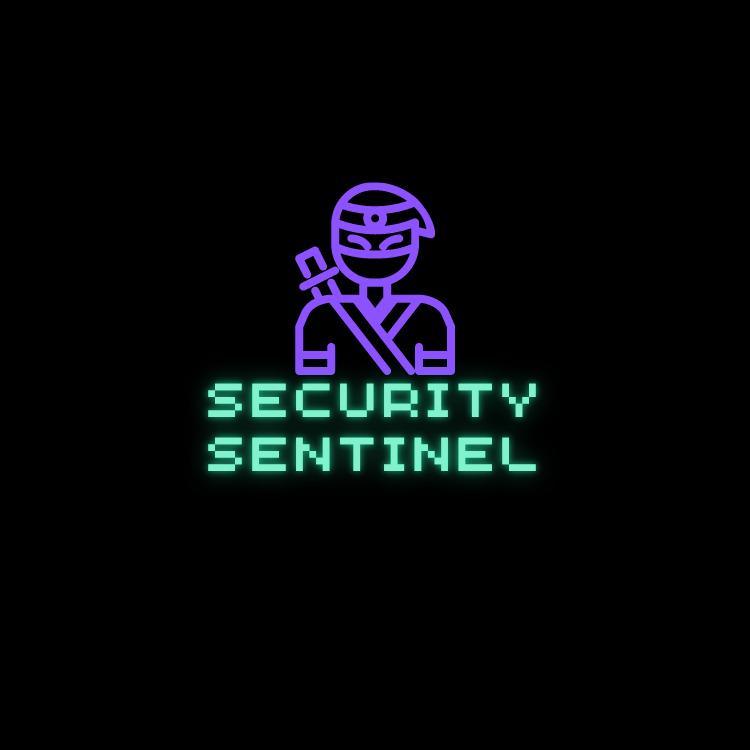
Microsoft Security Sentinel
Welcome to our community dedicated to Microsoft security! Our page is designed to provide you with the latest insights, news, and best practices related to Microsoft security products and services.
By registering you agree to Substack's Terms of Service, our Privacy Policy, and our Information Collection Notice